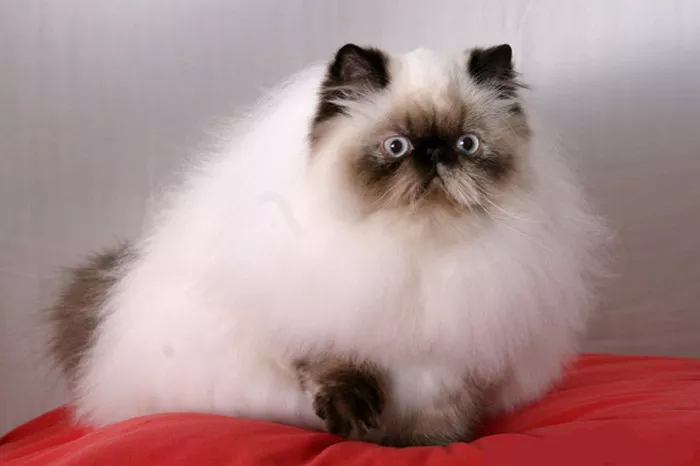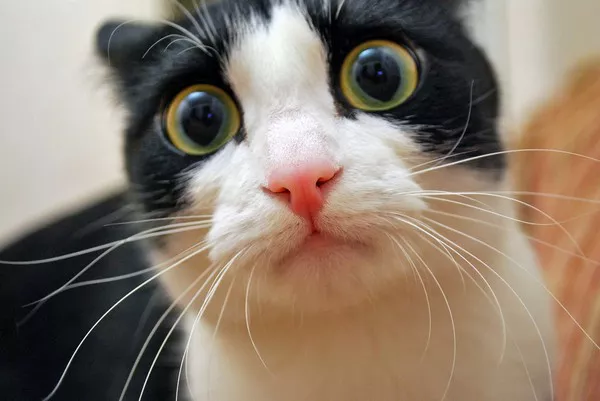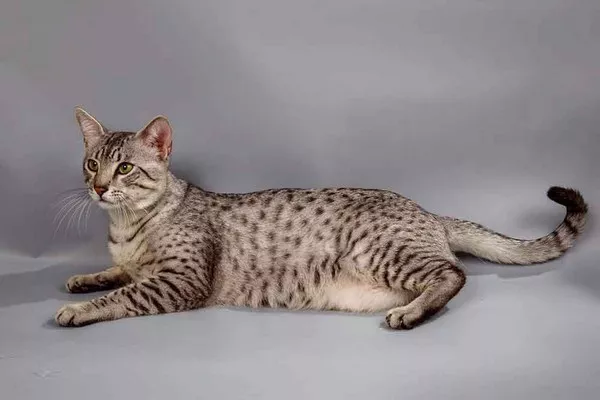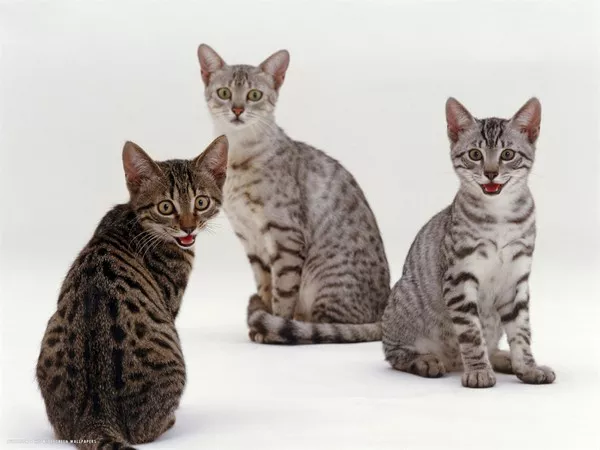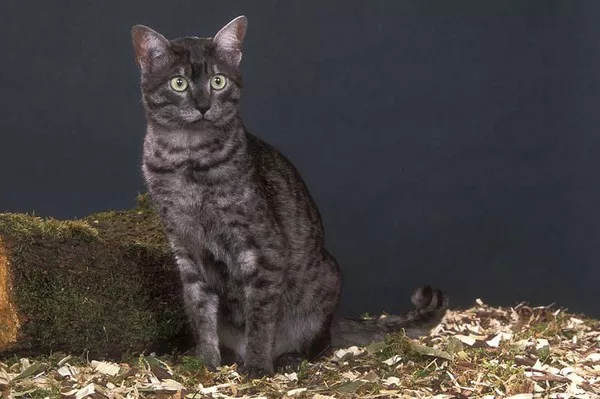Himalayan cats, often affectionately called “Himmies,” are a popular breed known for their striking appearance and gentle temperament. This article delves into the origins, distinctive features, care requirements, and health considerations of the Himalayan cat, providing cat enthusiasts and potential owners with a comprehensive understanding of Himalayan cats.
Himalayan Cat
The Himalayan, a hybrid breed derived from crossing the Persian and the Siamese cats, inherits the long, luxurious coat of the Persian and the striking point coloration and blue eyes of the Siamese. This breed has not only captivated cat lovers with its physical attributes but also with its calm and affectionate personality.
Historical Background and Breed Origins
The development of the Himalayan cat was a concerted effort by breeders who aimed to combine the best traits of the Persian and Siamese breeds. In the 1930s, Dr. Clyde Keeler and Virginia Cobb embarked on a breeding program to create a breed that possessed the Persian’s lush coat with the Siamese’s color points. Their successful breeding program in the United States laid the groundwork for what would eventually be recognized as the Himalayan cat.
Recognition and Classification
The Cat Fanciers’ Association (CFA) initially recognized the Himalayan as a separate breed in 1957, but in 1984, it reclassified the Himalayan as a color variety of the Persian breed. However, other associations, such as The International Cat Association (TICA), still recognize it as a distinct breed. This discrepancy in classification highlights the unique nature of the Himalayan and the varying perspectives within the cat breeding community.
Physical Characteristics of the Himalayan Cat
Himalayan cats are renowned for their striking physical features and expressive faces.
Coat and Color
The hallmark of the Himalayan cat is its long, flowing coat, which is thick and silky. The coat requires regular grooming to prevent matting and maintain its luxurious texture. The breed displays the characteristic point coloration seen in Siamese cats, with color only on the face (mask), ears, paws, and tail. The rest of the body remains a lighter shade. Popular colors include chocolate, seal, lilac, and blue.
Facial Features and Body Structure
Himalayans have a round face with large, expressive blue eyes that give them a sweet, gentle expression. They possess a short, sturdy body, which is typical of the Persian ancestry, and have a muscular and robust build. The combination of their short legs and fluffy coat often gives Himalayans a distinctly plush, cuddly appearance.
Temperament and Behavioral Traits
Himalayan cats inherit their serene and placid dispositions from their Persian lineage. They are known for their gentle and affectionate nature.
Personality
Himalayans are often described as calm, docile, and sweet-tempered. They typically form strong bonds with their families and tend to be quite affectionate and loyal. Despite their serene nature, they also display the playfulness and curiosity inherited from their Siamese ancestors.
Interaction with Families and Other Pets
Himalayan cats are generally good with families, including those with children, as long as the interactions are gentle and respectful. They are also known to coexist well with other pets, especially when properly introduced. Their laid-back nature makes them excellent companions for other less dominant cats and even dogs.
Care and Grooming
Proper care and regular grooming are essential to keep a Himalayan healthy and looking its best.
Grooming Requirements
Due to their long coats, Himalayan cats require daily grooming to prevent tangles and mats. Regular brushing helps to remove dirt, grease, and dead hair and stimulates the skin’s natural oils. Additionally, it’s important to keep their eyes clean to prevent tear staining, which can be common due to their brachycephalic (flat-faced) facial structure.
Diet and Nutrition
Himalayans should be fed a balanced diet suited to their specific needs, which includes high-quality cat food that promotes a healthy coat and supports their overall health. Given their tendency toward being less active, portion control is critical to prevent obesity, which can be a common issue in the breed.
Health Considerations
Like all breeds, Himalayans are susceptible to certain health issues, primarily inherited from their Persian and Siamese lineage.
Common Health Issues
Polycystic Kidney Disease (PKD): A genetic disorder that affects the kidneys. It is common in Persians and can be found in Himalayans.
Respiratory Problems: Due to their flat faces, Himalayans may experience breathing difficulties or noisy breathing.
Dental Malocclusions: The breed’s jaw shape can sometimes lead to dental issues, requiring regular veterinary checks.
Preventative Care
Regular veterinary check-ups are essential to monitor and maintain the health of a Himalayan. Vaccinations, parasite control, and regular health screenings help prevent many common diseases and ensure that any potential issues are addressed early.
Breeding and Genetics
Understanding the genetics behind the Himalayan breed can help in breeding programs aimed at reducing the prevalence of inherited diseases and promoting the health and longevity of the breed.
Genetic Testing
Breeders are encouraged to utilize genetic testing to identify potential hereditary conditions and make informed breeding decisions. This proactive approach helps in the responsible breeding of healthier Himalayans.
Conclusion
The Himalayan cat is a breed rich in history and adorned with distinctive physical and temperamental traits that make it a beloved pet among cat enthusiasts. Through understanding its origins, characteristics, and specific care requirements, potential owners can better prepare to welcome a Himalayan into their home. By committing to responsible care, grooming, and health management, owners can ensure their Himalayan cat leads a healthy, happy, and fulfilling life.

